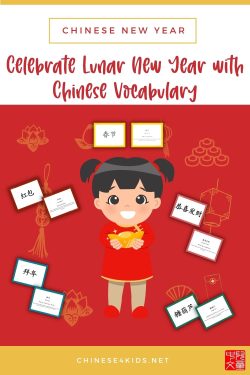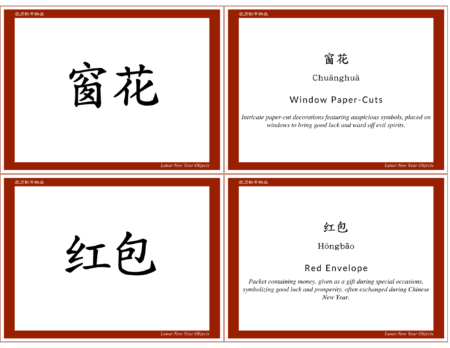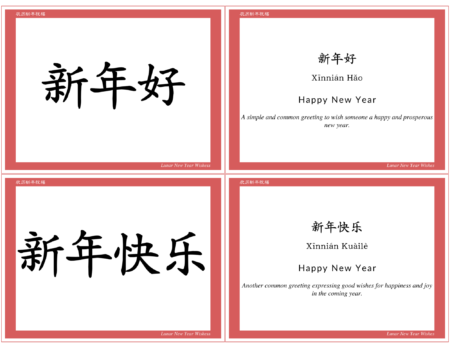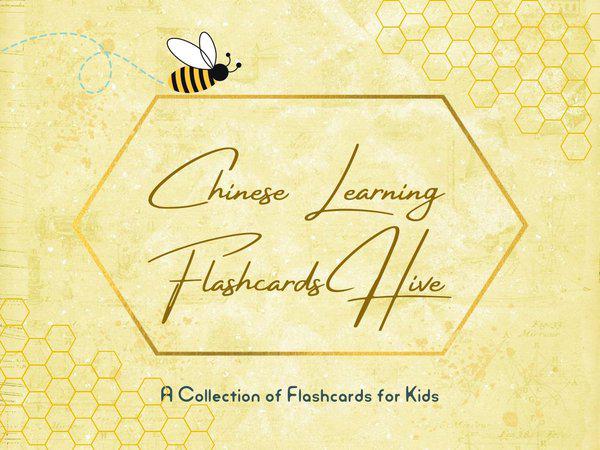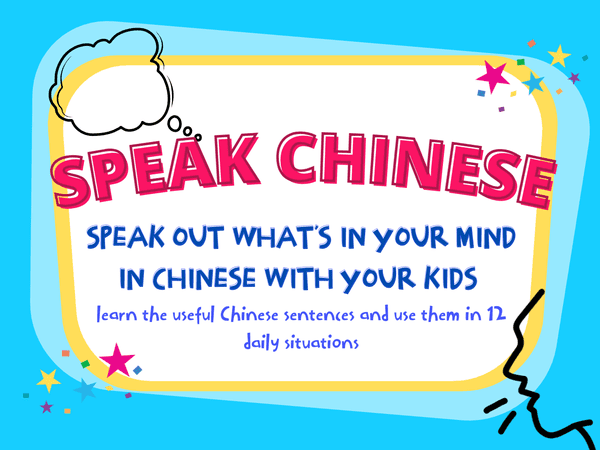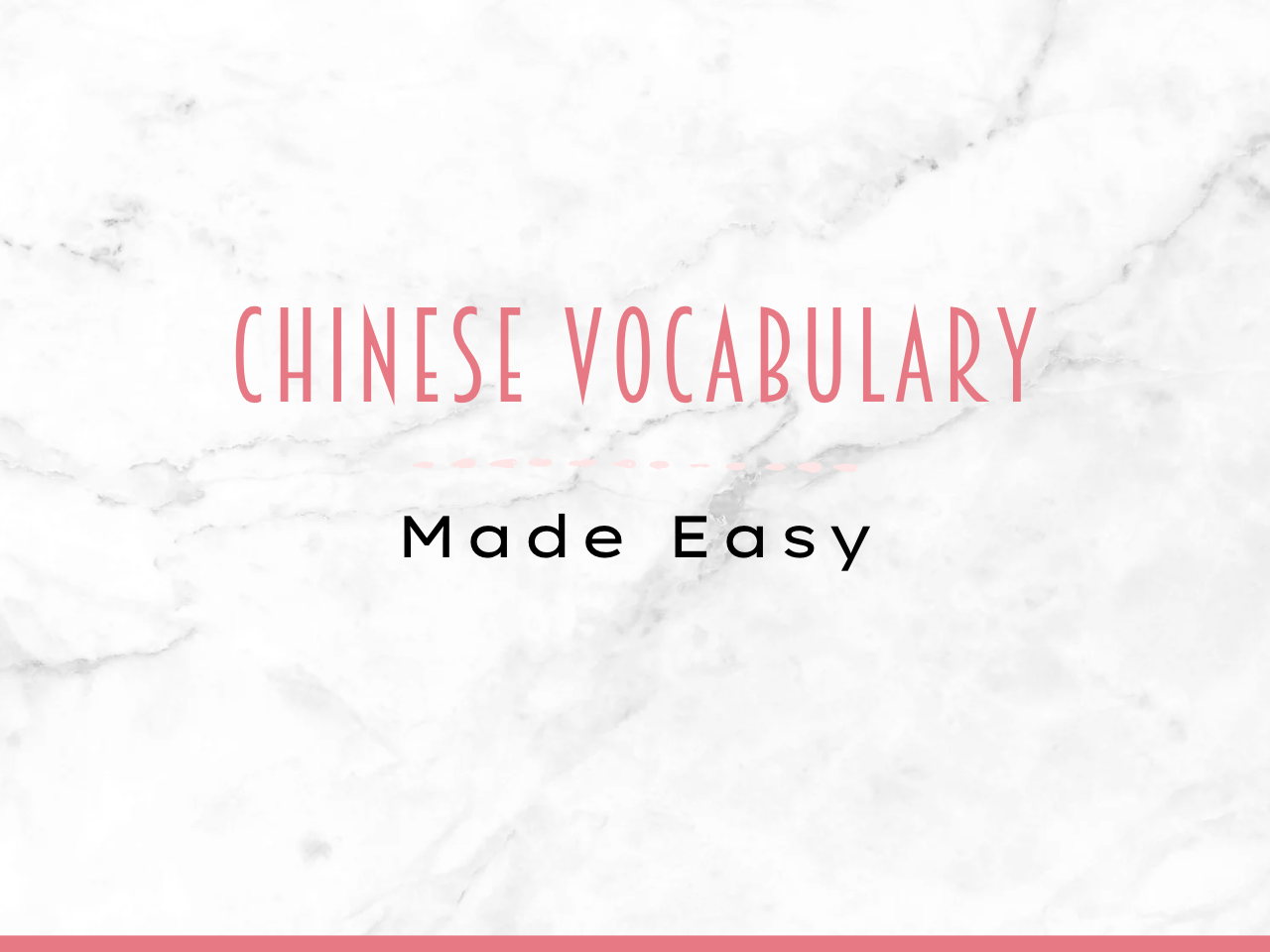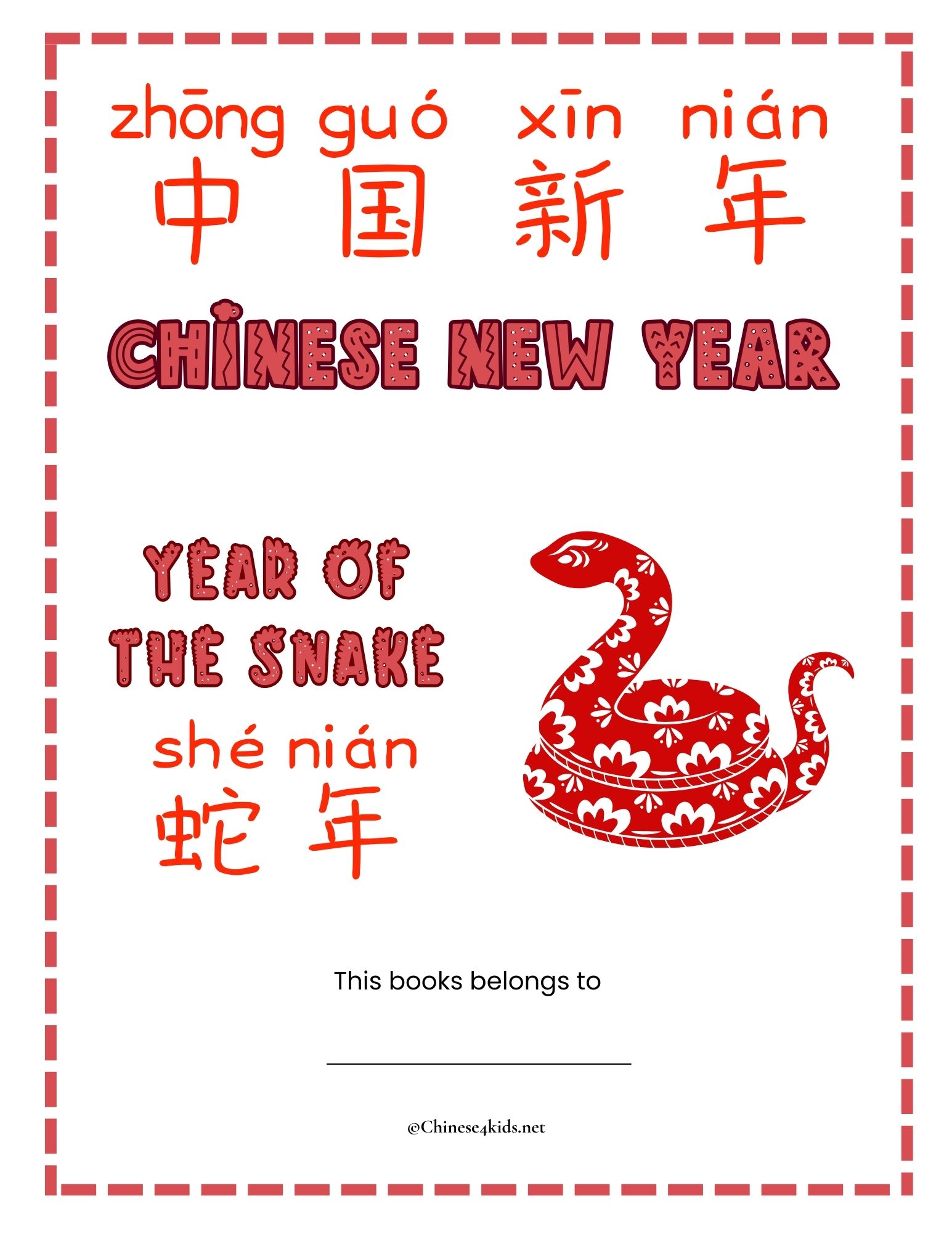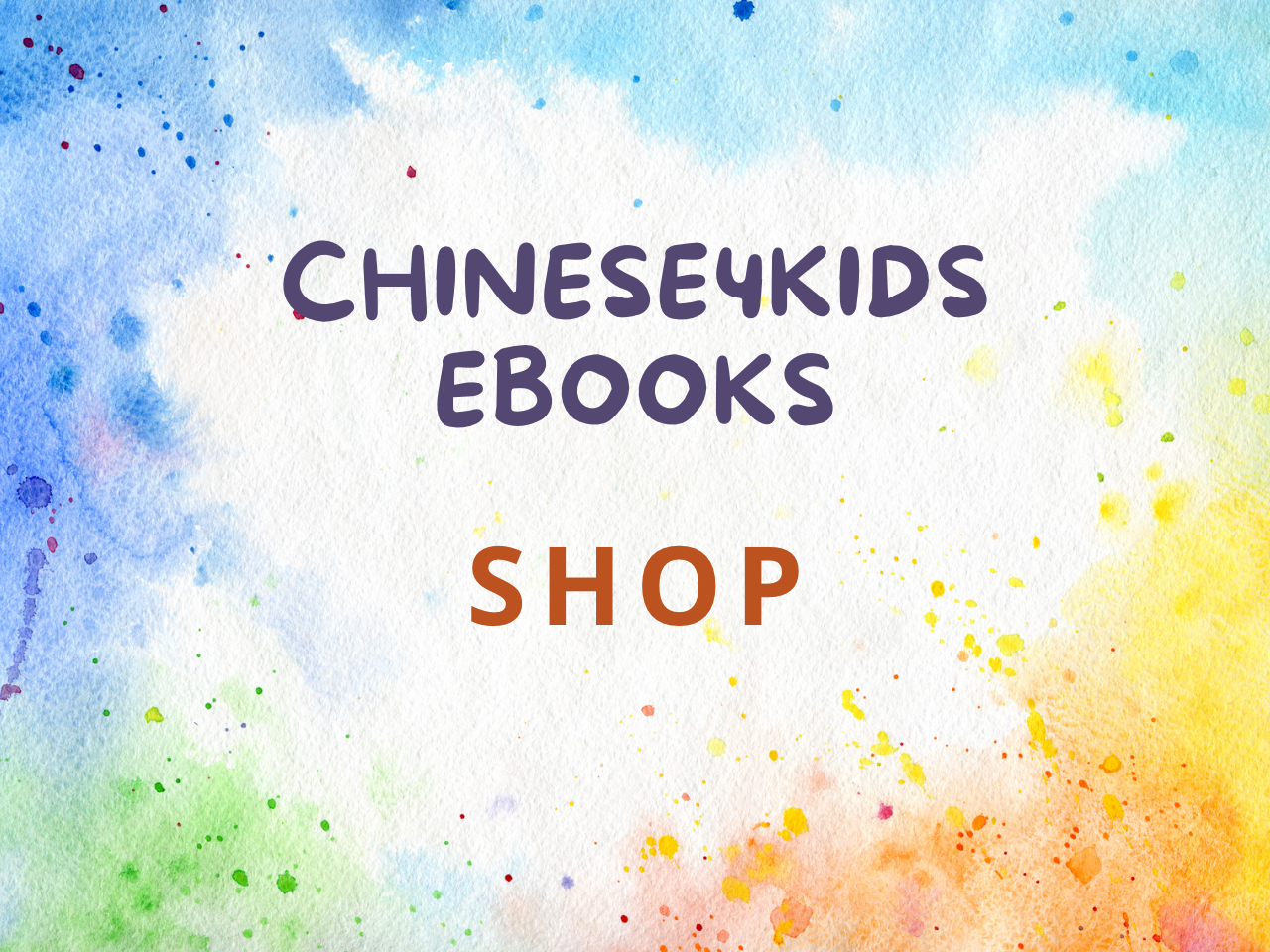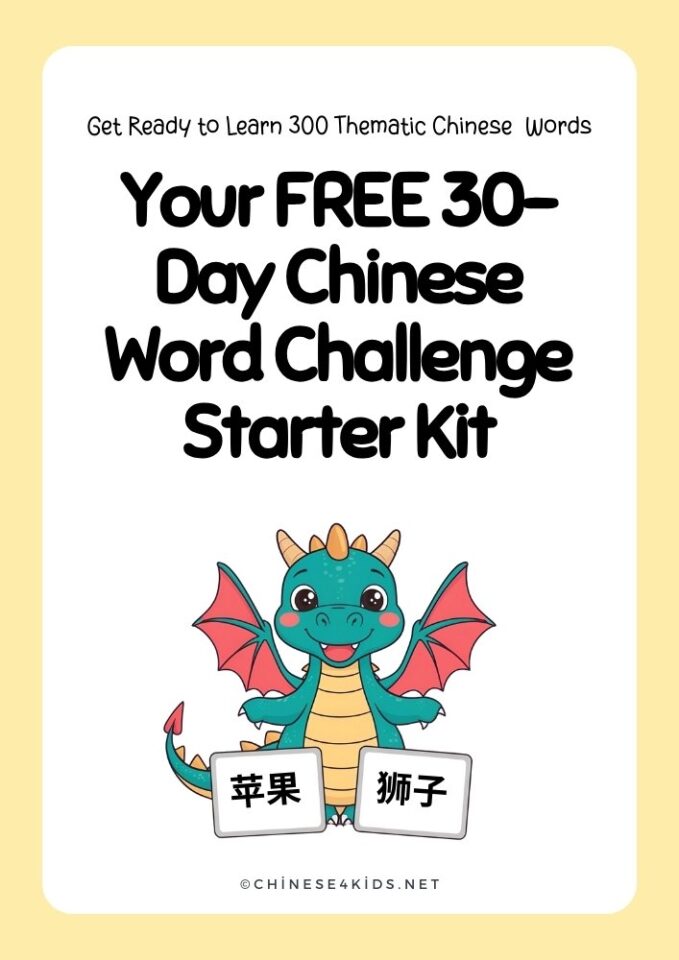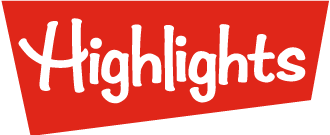
Home » Chinese Theme-Based Learning » A Guide to Key Chinese Words for Celebrating Lunar New Year
A Guide to Key Chinese Words for Celebrating Lunar New Year

The Lunar New Year, or Chinese New Year, is a vibrant and significant festival celebrated by millions around the world. To truly understand and partake in the festivities, it’s essential to be familiar with key Chinese words associated with various aspects of this auspicious occasion. Here, let’s have a detailed look at these words categorized into events, objects, celebration, food, and good wishes, and what cultural significance they carry.
Chinese New Year Events
When we think of Chinese New Year events, we think of a festive and lively atmosphere.The grand migration known as 春运 (Chūn Yùn), where millions travel to reunite with family, is a unique phenomenon. The celebrations culminate with the spectacular Lantern Festival (元宵节, Yuánxiāo Jié), featuring lantern displays, lion dances, and the delightful tradition of eating sweet rice dumplings.
农历新年 (Nónglì Xīnnián) Lunar New Year
The Chinese New Year is based on the lunar calendar, and it marks the beginning of the new lunar year. It is celebrated with various traditional customs and activities.除夕 (Chúxī) New Year’s Eve
The night before Chinese New Year, families gather for a reunion dinner, and it is a time for various celebrations and festivities.大年初一 (Dà Nián Chūyī) Chinese New Year’s Day
The first day of the Chinese lunar calendar year, which is a public holiday. It is a day for family visits, feasting, and various cultural activities.正月十五 (Zhēngyuè Shíwǔ) Lantern Festival
Occurs on the fifteenth day of the first lunar month, marking the end of the Chinese New Year celebrations. People celebrate with lantern displays, lion dances, and eating sweet dumplings.元宵节 (Yuánxiāo Jié) Yuanxiao Festival
Also known as the Lantern Festival, it is celebrated on the fifteenth day of the first lunar month. Families come together to appreciate the full moon, eat tangyuan (sweet rice dumplings), and enjoy lantern displays.春节 (Chūn Jié) Spring Festival
Another term for Chinese New Year, reflecting the arrival of spring in the traditional Chinese calendar. It is the most important traditional festival in China.春运 (Chūn Yùn) Spring Festival Travel Rush
Refers to the massive migration of people traveling to their hometowns to celebrate Chinese New Year with their families. It is one of the world’s largest annual human migrations.回老家 (Huí Lǎojiā) Return to Hometown
Many people working in cities return to their hometowns to celebrate Chinese New Year with their families. This mass migration is part of the Spring Festival travel rush.年夜饭 (Nián Yèfàn): New Year’s Eve Dinner
A lavish and symbolic dinner held on the eve of Chinese New Year, where families gather to share a meal and welcome the new year together.团圆饭 (Tuányuán Fàn) Reunion Dinner
Emphasizes the importance of family reunions during the Chinese New Year celebration, especially during the New Year’s Eve dinner.过年 (Guò Nián) Celebrate the New Year
A general term for the activities and festivities associated with celebrating the Chinese New Year.
Significant Spring Festival Objects
During the Spring Festival, people use some essential objects. Auspicious couplets (对联, Duìlián) adorn doorways. Red envelopes (红包, Hóngbāo) symbolize good fortune. And lanterns (灯笼, Dēnglóng) illuminate the festivities… All these contribute to the festive ambiance of prosperity and joy.
对联 (Duìlián) Couplets
Pairs of poetic phrases or sentences often hung on doorways for good luck and blessings.窗花 (Chuānghuā) Paper Cutouts
Artistic decorations made by cutting intricate patterns on paper, commonly displayed on windows.红包 (Hóngbāo) Red Envelope
A red envelope containing money, given as a gift symbolizing good luck and blessings.压岁钱 (Yāsuì Qián) Money Given to Children as New Year Gift
Money given to children as a traditional New Year gift to bring good luck and ward off evil spirits.生肖 (Shēngxiào) Chinese Zodiac
The twelve animals representing a Chinese zodiac sign associated with the year of one’s birth.灯笼 (Dēnglóng) Lantern
Decorative lanterns often hung during festivals, symbolizing brightness and good fortune.年画 (Niánhuà) New Year Painting
Traditional paintings or posters depicting scenes of good fortune and prosperity.福字 (Fúzì) Blessings or Good Fortune Character
Often displayed upside down to symbolize the arrival of blessings.
Celebration Activities Lunar New Year Chinese words
Celebration activities during the Chinese New Year vary from region to region. However certain activities are common for all and with good meanings. For example, wearing new clothes (穿新衣, Chuān Xīnyī) is for a fresh start. Posting poetic couplets (贴春联, Tiē Chūnlián) is to invite good fortune. Other traditional practices like setting off firecrackers (放鞭炮, Fàng Biānpào) and lion dances (舞狮, Wǔshī) are to ward off evil spirits and welcome the new year with joyous fervor.
穿新衣 (Chuān Xīnyī) Wear New Clothes
Symbolizing a fresh start and new beginnings, it is common to wear new clothes during the New Year celebrations.贴春联 (Tiē Chūnlián) Post Spring Festival Couplets
Placing poetic couplets on doors and walls to bring good wishes and fortune.放鞭炮 (Fàng Biānpào) Set off Firecrackers
A traditional practice believed to scare away evil spirits and welcome the new year with joy.舞狮 (Wǔshī) Lion Dance
A traditional dance performed to bring good luck and drive away evil spirits.守夜 (Shǒuyè) Stay Up Late on New Year’s Eve
Families stay awake on New Year’s Eve to welcome the new year and ensure a long and blessed life.拜年 (Bài Nián) Pay New Year’s Visit
The tradition of visiting friends and family to exchange greetings and good wishes for the new year.点灯笼 (Diǎn Dēnglóng) Light Lanterns
Lighting lanterns as a symbol of hope and a bright future.祭祖 (Jì Zǔ) Ancestor Worship
Offering respect and prayers to ancestors during the New Year.
Special Food
There are quite some Special Chinese food during the Spring Festival. Dumplings (饺子, Jiǎozi) symbolizing wealth, is commonly eaten especially on the New Year Eve. Fish (鱼, Yú) representing surplus and prosperity, and sweet rice balls (汤圆, Tāngyuán) consumed during the Lantern Festival to signify family reunion and unity. Together with other food, they collectively contribute to a feast rich in symbolic significance and delicious flavors.
饺子 (Jiǎozi) Dumplings
Symbolizing wealth and prosperity, dumplings are a traditional food eaten during the New Year.鱼 (Yú) Fish
A symbol of surplus and prosperity, fish is a must-have dish during New Year celebrations.年糕 (Niángāo) Rice Cake
Representing growth, progress, and the promise of a better year ahead.汤圆 (Tāngyuán) Sweet Rice Balls
Eaten during the Lantern Festival, these symbolize family reunion and togetherness.春卷 (Chūnjuǎn) Spring Rolls
A symbol of wealth and prosperity, often eaten during the New Year festivities.腊味 (Làwèi) Preserved Meats
Traditional cured meats enjoyed during the New Year, symbolizing good luck and happiness.糖葫芦 (Tánghúlu) Candied Hawthorn on a Stick
A sweet treat enjoyed during the festive season.八宝饭 (Bā Bǎo Fàn) Eight Treasure Rice Pudding
A dish with various ingredients, symbolizing abundance and good fortune.
Lunar New Year Chinese Good Wishes
During the Spring Festival, heartfelt good wishes are given among friends, families, even strangers on the street. Expressions like “恭喜发财” (Gōngxǐ Fācái), conveying congratulations and prosperity, and “年年有余” (Nián Nián Yǒu Yú), offering wishes for surplus and abundance year after year. They all encapsulate the spirit of well-wishing for happiness, success, and prosperity throughout the coming year.
年年有余 (Nián Nián Yǒu Yú) Surplus Year After Year
Wishing for abundance and prosperity every year.新年好 (Xīnnián Hǎo) Happy New Year
A simple and common New Year greeting.新年快乐 (Xīnnián Kuàilè) Happy New Year
Another common greeting, expressing joy and well-wishes for the new year.恭喜发财 (Gōngxǐ Fācái) Congratulations and Prosperity
Wishing wealth and success to others.万事如意 (Wànshì Rúyì) May All Your Wishes Come True
A wish for overall success and fulfillment.身体健康 (Shēntǐ Jiànkāng) Good Health
Wishing for sound health and well-being.
Lunar New Year Chinese words Cards
All the Chinese new year Chinese vocabulary mentioned above are neatly compiled together into cards for your reference. Color-coded categories are color-coded makes it easy to group. For each word, there are two cards that can be put together back to back: one Chinese word card and the other features pinyin, English meaning, and a brief cultural explanation. The cards are for intermediate Chinese learners.
As you immerse yourself in the Lunar New Year celebrations, these words will not only enhance your understanding of the festivities but also enable you to share in the joy and traditions that make this time of the year truly special.
If you like this post, share it.

Chinese New Year Resources
-
- Lunar New Year Chinese Vocabulary Cards
- Chinese New Year of the Dragon Celebrations
- Year of the Dragon Chinese Learning Pack for Kids
- Chinese Zodiac Animal Personality Cards
- Chinese Zodiac Animal Words Tracing and Writing Practice Workbook
- Chinese Zodiac Animal Montessori 3-Part Flashcards for Kids
- 6 Nursery Rhythms to Welcome Chinese New Year
- Celebrating New Year – a Chinese Chant to Learn about Chinese New Year
- Supplies for Chinese New Year and Culture Celebration
- Top 7 Chinese New Year Books
- Lucky Phrases for Chinese New Year – Chinese Spring Festival Greetings
- Supplies for Chinese New Year and Culture Celebration
You May Also Be Interested:
- Chinese4kids Membership – a portal for busy Chinese teachers and parents
- Chinese learning flashcards Hive – a flashcards library that with regular additions of new quality Chinese learning flashcards
- Chinese learning worksheets collection – Also a part of Chinese4kids membership, this collection is for teachers and parents who want to have access to engaging worksheets and activity sheets created for kids learning Mandarin Chinese as an additional language
- Speak Chinese with Kids Course
- Chinese Vocabulary Made Easy Course
Recent Posts
Join Our Membership
Enroll to A Course
Buy An eBOOK
Our Posts
